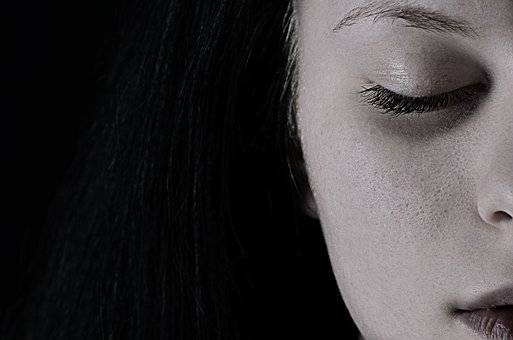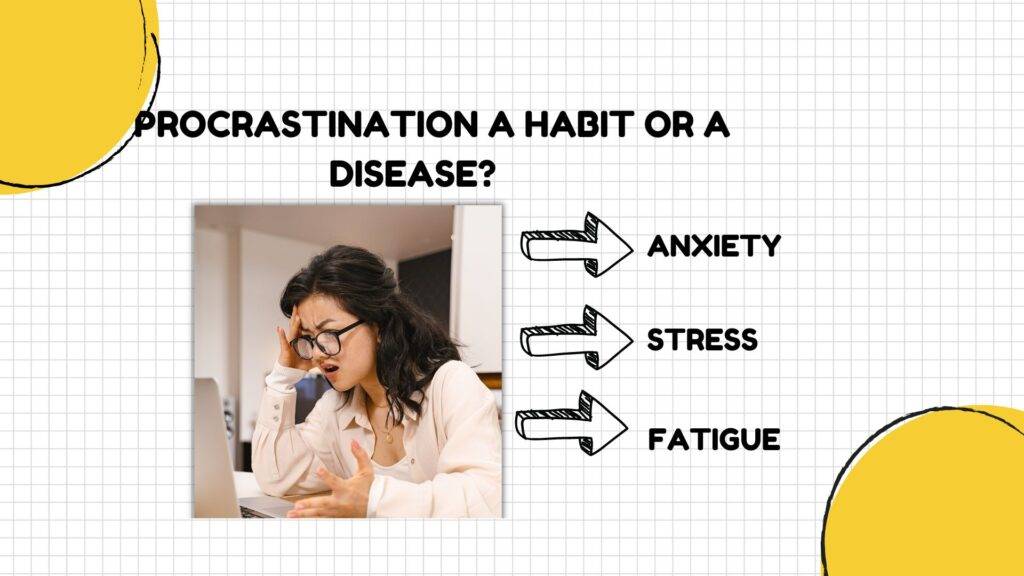At times, the mornings are disgusting, and you are low on energy, all grumpy and irritated for no accurate reason. If it is an external or internal dilemma bothering you, then the concept is different. However, for those who do not get to find any concrete reason and the phenomenon continues for prolonged sessions, it can be a warning sign. That brings you to the question, “Are you SAD? Or is it Seasonal Affective Disorder?”
Sad symptoms – Seasonal Affective Disorder

Changes in the seasons do trigger the seasonal affective disorder. And is at its peak during December, January & February. This time you are moody for the entire day for no specific reason. That is not all. There is more listed below:
- The person does face difficulty with concentration.
- There are instances of the affected person craving carbohydrates, being unable to control their habit of overeating, and ultimately leading to a rise in body weight.
- Also, these people do not find any interest in activities they usually enjoy.
- They feel sluggish and quite low on energy levels.
- Unnecessary feelings of guilt, hopelessness, and worthlessness are also common.
Sad depression (Seasonal Affective Disorder) – Causes
While the exact causes of Seasonal Affective Disorder continue to vary and are mostly unknown most of the time. Researchers have their own findings and conclusions regarding the same:
- An imbalance in the serotonin level (the mood-controlling hormone) can lead to Seasonal Affective Disorder. Also, the body of the affected person does produce too much of the melatonin hormone. This is responsible for sleep regulation. Ultimately there is little or not enough vitamin D.
- Also, during the winter, the human body gets low levels of sunlight, which ultimately affects the internal clock (circadian rhythm). Thus causing feelings of depression and low levels of energy all the time.
Are Winter blues and SAD the same?
As the days get shorter, people do find themselves low on energy and unable to work at all. Also, because winter brings in a lot of festivities, them coming to an end inflicts sadness. The phenomenon is not that serious and does end up lasting for a day or two. However, in cases when it is more than a day, and you can see yourself losing interest in almost everything you do, it can be Sad depression.
While winter blues are mostly you being upset with a certain thing, and moods lighten up with the days passing. However, Seasonal Affective Disorder does permeate through every aspect of your life, hampering them all.
Can SAD happen in summer?
Five percent of adults in America have been diagnosed with symptoms of SAD. However, the triggers behind the same have not been fully understood. Also, to make things clear and easier on the understanding levels, scientists have started referring to SAD as Major Depressive Disorder (MDD).

Moving forward, if the primary reason for people getting diagnosed with Seasonal Affective Disorder continues to be low sunlight. Then why do SAD symptoms continue to prevail during the summer months? Well, researchers have proper explanations on their part as well.
Too much sunlight during the summer months affects the levels of melatonin production in the human body. That ultimately keeps people awake by tampering with their sleep cycles. Also, researchers did find too much exposure to the Sun disrupted the circadian rhythm of humans, making them more angry and anxious.
People most likely to get MDD-SP (Major Depressive Disorder with Seasonal Pattern)
Here is a list of all the people most likely to get MDD-SP:
- You are more prone to MDD-SP if you are a woman. However, the intensity of the symptoms is higher in males than in females.
Also, MDD-SP does run in the family gene. - Residents close to the Equator are more likely to get diagnosed with MDD-SP than the ones at a distance.
- Lastly, those already diagnosed with bipolar disorder are more likely to experience MDD-SP symptoms.
How to deal with sad – Seasonal Affective Disorder
Every problem does come with a solution of its own, and so does Seasonal Affective Disorder. Here is a basic treatment guideline of the same:
Connect with a doctor:
In case when your episodes of sadness do last for days, do connect with a doctor and seek professional assistance as reliable.
Prepare your mind for the fall season:
Now that you are well aware of your condition, focus on helping yourself out of the situation. Indulge in mood-boosting activities during a particular time of the day. Initiate taking part in group activities or choose a hobby you like.
The therapy of bright light:
As published in the “Einstein Journal of Biology and Medicine” (2017), exposure to Sunlight from a bright light box can be helpful. You can use photo therapy boxes as a first-line treatment for SAD depression. The light coming out of the box act as a replacement for natural Sunlight. Thus lightening the mood.
Go out and indulge in social activities:
Isolation can trigger depressing symptoms and PTSD in many. And researchers do suggest social activities to be quite a mood lifter. Spending time with the family at a local park or taking part in a football game can be of use.
Aromatherapy can help:
Aromatherapy does include using essential oils. And when treating SAD, oils can be of great help. They stimulate that part of the brain responsible for lifting one’s mood. When teamed with another relaxing activity, like lighting candles across the room or taking a bath, the effects will be far more soothing.
Abide by a schedule:
Schedules help combat symptoms and effects of seasonal depression. Once you are successful at sleeping, working, and eating at regular intervals, things do get easy. Otherwise, there have been instances of people overeating, oversleeping, and continuing to be depressed and sad all the time.
Get adequate amounts of sunshine:
The primary reason for Seasonal Affective Disorder has been stated as the body not getting access to enough levels of sunlight. So make it a point to spend some time of the day out in the Sun. Only you moving out in the Sun will not be enough. Let the light come inside your room.
A recent study in Bangladesh – Seasonal Affective Disorder
By now, you might have understood how climate change goes into affecting the mood of a person. And relating facts to the same, researchers did conduct a comprehensive study in Bangladesh.
Method Used – Seasonal Affective Disorder
- Household panel data as national representative was collected from rural and urban areas of Bangladesh between August & September 2019 and January & February 2020.
- Random sampling (stratified) and survey instruments were used.
- Further, Patient Health Questionnaire-9 & Scales for generalized anxiety disorder-7 were used to measure anxiety and depression.
- Data on humidity and temperature was taken from 43 weather stations and then were clubbed together as mean values for a period of two months preceding each survey round.
Findings – Seasonal Affective Disorder
Climate-induced shocks and other stressors influence the levels of anxiety and depression in Bangladesh. Also, the researchers did find that the governing bodies do need to create community-level awareness regarding mental disorders and depression. Also, there is more scope for research on climate-induced stressors across various time intervals and timespans in Bangladesh.
Main Aim
Based on the findings, researchers aim to come up with a community-wide mental health well-being program for the people of Bangladesh.
Other than serving as a source of Vitamin D, Sunlight has a lot of things to offer. And it does make us feel better. During winter, because the Sun is down most of the time, our brain acts differently, causing Seasonal Affective Disorder. With a consistent approach from our end, things will get easy.



